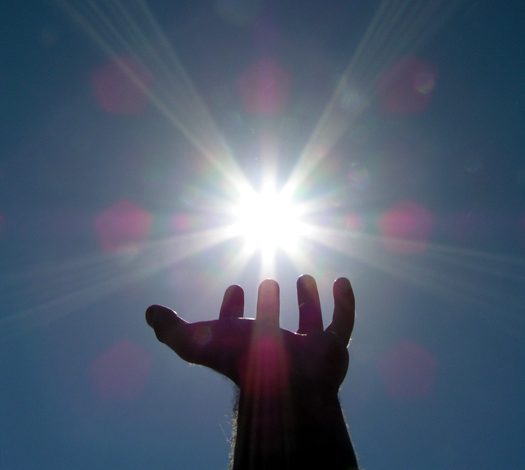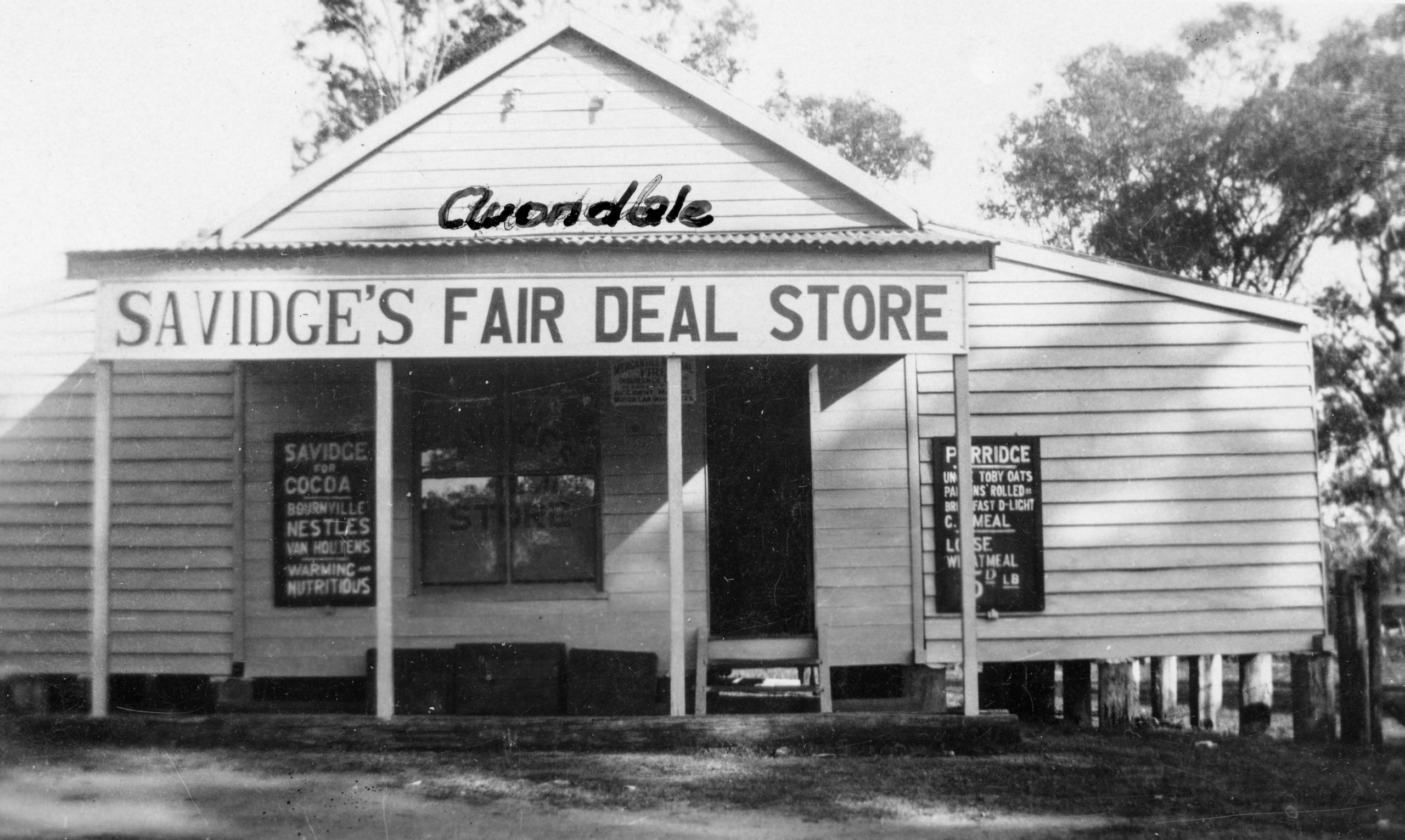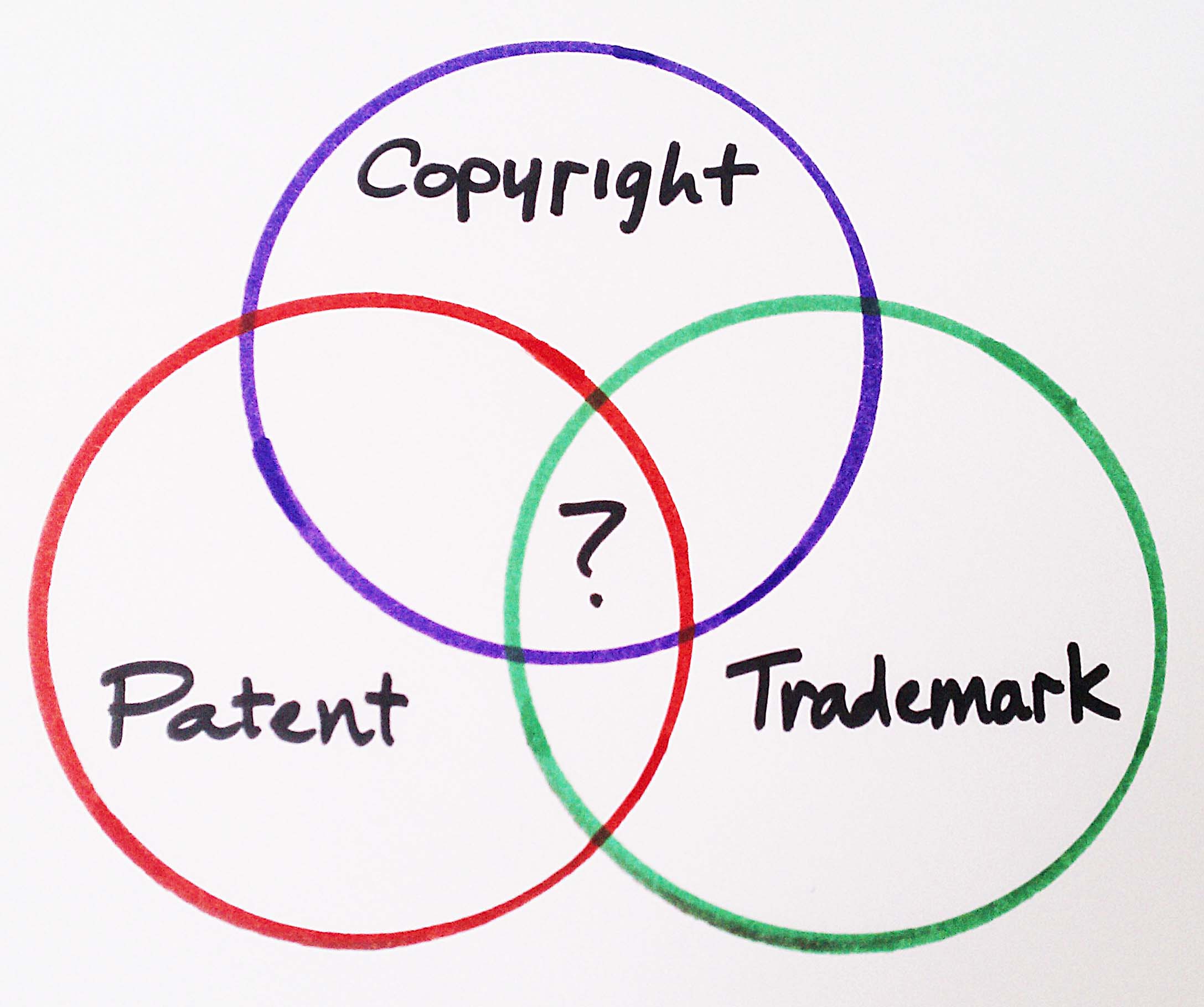2 Copyright Law
The Purpose of Copyright

Copyright is an area of law that regulates how original works can be used by those who did not create them.[1] Every country has unique copyright laws, so just because one country permits or forbids a certain use does not mean that that will continue to be the case once you cross the nearest international border.
When talking about the copyright of a work, we are actually talking about a collection of different rights that are all to do with how copies of the work are used. Copyright covers things like:
- making physical or digital copies of a work
- distributing copies of a work
- performing a work publicly
- adapting a work from one medium to another
- including excerpts from one original work in another
These individual rights all initially belong to the creator of the work, but they may be licensed by or sold to other entities, such as book publishers or film studios.
Rationales
There are a number of different approaches to copyright that are used in different legal systems around the world, but two prominent rationales include the utilitarian rationale and the author’s rights rationale.
The utilitarian rationale centres around the idea that authors need appropriate incentives to create, and the most efficient way to do that is to grant them monopoly rights over their works for a set period — AKA, let them own the copyright to their work. This idea stems from the philosophy of utilitarianism, which posits that governments should institute laws that create the most benefits for the most people.[2] Governments could simply pay creators to produce creative works for the public to enjoy, but because of limited government resources, that would result in fewer works than are created under the current scheme. Therefore, copyright can be seen as a practical necessity for a society that wishes to enjoy a wide variety of creative works (that is to say, all societies).
Under the author’s rights rationale, it is thought that an author creates out of passion and that they have a deep connection with their work that must be honoured and preserved. In order to prevent anyone from doing anything with their precious works that they would not approve of, authors must be able to control the copyright to their work. This concept comes from philosophers who believe that one’s will is what makes one human, and that creation is an expression of one’s will that must be protected.[3]
Eligibility for Copyright
What is copyrightable
Copyright law applies to all original creative works. Copyright applies to works in many different media, such as:
- print books
- digital books
- films
- songs
- musical compositions
- videos
- visual art
- collections of works
- computer software
- websites
- essays
- plays
- poems
- translations and adaptations
- virtually any other creative form you can think of
Case Study: The Lord of the Rings
As of 2022, each individual piece of media in The Lord of the Rings universe is under copyright. That includes:
- The books by J. R. R. Tolkien
- The Lord of the Rings film trilogy by Peter Jackson
- The Hobbit film trilogy by Peter Jackson
- The Lord of the Rings: The Rings of Power television series by Amazon Prime Video
- The musical score for The Lord of the Rings film trilogy, by Howard Shore
- The Lord of the Rings musical by Matthew Warchus and Shaun McKenna
- Promotional posters used to advertise the films and television series
- Cover art for the books
- Translations of the books, films, or television series
This means that anyone who wants to use something from The Lord of the Rings universe would have to negotiate for and license the specific rights to the specific piece of media they are interested in. For example, if a publisher in Nigeria wanted to translate The Hobbit into Igbo, they would have to license the translation rights for The Hobbit: they couldn’t just get permission to use anything from The Lord of the Rings that they want. Every creative work is treated separately with a separate copyright.
How copyright protection is granted

Copyright is automatically granted to any creative work the second you make it. Some countries, such as Canada and the United States, have processes for registering your copyright to make it easier to prove who the copyright owner is in a copyright infringement case. But generally speaking, all you have to do is create something, and your work is under copyright.
What is not copyrightable
Ideas, thoughts, and facts are not copyrightable: only their expression is.[4] Anyone may state in their work that J. R. R. Tolkien published The Hobbit in 1937, as facts are not copyrightable. (However, a blog post that happens to mentions this or any other fact or opinion is copyrightable and may not be copied without permission.)
Some countries, like Canada and the United States, require that a creative work be in a fixed (meaning tangible or perceivable) form before it is eligible for copyright protection. Vividly imagining the plot for a movie does not give you legal basis to sue someone who comes out with a very similar or identical movie. In order to have any grounds for claiming copyright infringement, you would have had to have done something like one of the following:
- Write down the plot to the movie
- Make a video or audio recording of yourself describing the movie
- Create a series of dioramas depicting the pivotal scenes in the movie
- Draw storyboards for the movie
The definition of “fixed” can be very loose with regard to copyright law. The important takeaway is that, in certain countries, a creative work in your head is just an idea that is not protected by copyright, so you must get it out into the world in some form that another person can perceive before you cry “copyright infringement.”
Exceptions and Limitations to Copyright

One of the goals of copyright is to balance the interests of creators with the rights of users. Therefore, copyright must have limitations and exceptions that grant users access to works.
A prominent example of the limitation of copyright is the concept of fair dealing in Canada and other Commonwealth countries (also known as fair use in the United States). Fair dealing is the use of copyright materials in such a way that the use is exempt from the need to seek permission or pay a licensing fee. What is considered to be fair dealing varies between countries, but countries often protect uses for education, parody, or criticism.
Also considered are things like the purpose of the use (charitable purposes may be considered more fair than commercial purposes); the effect of the use on the commercial viability of the original work; and the proportion of the work being used (is it one page out of three, or one page out of three hundred?).
The Public Domain
The public domain is the collection of creative works in a country that are not under copyright protection and may be used by anyone for any purpose without permission or attribution. Each country will consider different works to be in the public domain, depending on local copyright law.
There are a number of ways that a work can fall into the public domain:
- Copyright protection expires. For example, in many countries, copyright lasts for the duration of the author’s life plus fifty years. After the last day of the fiftieth year, the work automatically enters the public domain.
- The work never qualified for copyright. Some categories of works, such as legal statutes, cannot be copyrighted and thus are available to the public as soon as they are made.
- The creator dedicates the work to the public domain. This is made supremely easy by the CC0 Universal Public Domain Dedication tool.
- The copyright owner fails to comply with formalities required to retain copyright protection. This is rarely the case anymore, since most countries no longer require copyright registration, but it has happened in the past.[5]
Other Methods of Protecting Intellectual Property

Copyright only applies to creative works, like books, movies, or songs. Other kinds of intellectual property, such as logos and inventions, play by different rules.
For instance, a trademark is something such as the name of a company, a logo, or a slogan that a brand uses to distinguish itself from other, similar brands. The idea behind trademarks is to prevent consumers from getting confused about the source of a good because the branding on one product is too close to the branding on a similar but different product. In Canada, trademarks can be renewed every 10 years for an unlimited number of years.[6] In theory, a company could hold a trademark for as long as it continues to do business. Trademarks can be granted automatically as soon as they are used, depending on the jurisdiction, but registered trademarks enjoy more rigorous protections.
Another kind of intellectual property is a patent, which is the exclusive right to make use of a design for an invention. Patents are confined to a set period, such as 20 years in Canada and the United States.[7][8] When they apply for a patent, the inventor must submit the details of their design, which will then become public after the 20-year monopoly is over. If someone else independently creates a similar or identical design, but the original inventor did not get a patent, they have no legal recourse.
Media Attributions
- “Copyright.svg” is in the public domain
- “Magic” by Linus Bohman is used under a Creative Commons Attribution 2.0 Generic licence (CC BY 2.0). I have cropped the image at the top
- “Savidge’s Fair Deal Store … 1932” by srv007 is used under a Creative Commons Attribution-NonCommercial 2.0 Generic licence (CC BY-NC 2.0)
- “Copyright, Patent, or Trademark?” by BusinessSarah is used under a Creative Commons Attribution 2.0 Generic licence (CC BY 2.0)
- “2.1 Copyright Basics” by Creative Commons. CC BY 4.0. ↵
- Tiffany Leung, Dalhousie University. “Utiliarianism” in the General Introduction to Canadian Intellectual Property Law. ↵
- Tiffany Leung, Dalhousie University. “Personality Theory” in the General Introduction to Canadian Intellectual Property Law. ↵
- “2.1 Copyright Basics” by Creative Commons. CC BY 4.0. ↵
- “2.3 The Public Domain” by Creative Commons. CC BY 4.0. ↵
- Canadian Intellectual Property Office. "What are trademarks?" Last modified July 3, 2019. ↵
- Canadian Intellectual Property Office. "What is a patent?" Last modified June 28, 2021. ↵
- United States Patent and Trademark Office. "General information concerning patents." Last modified June 28, 2022. ↵

